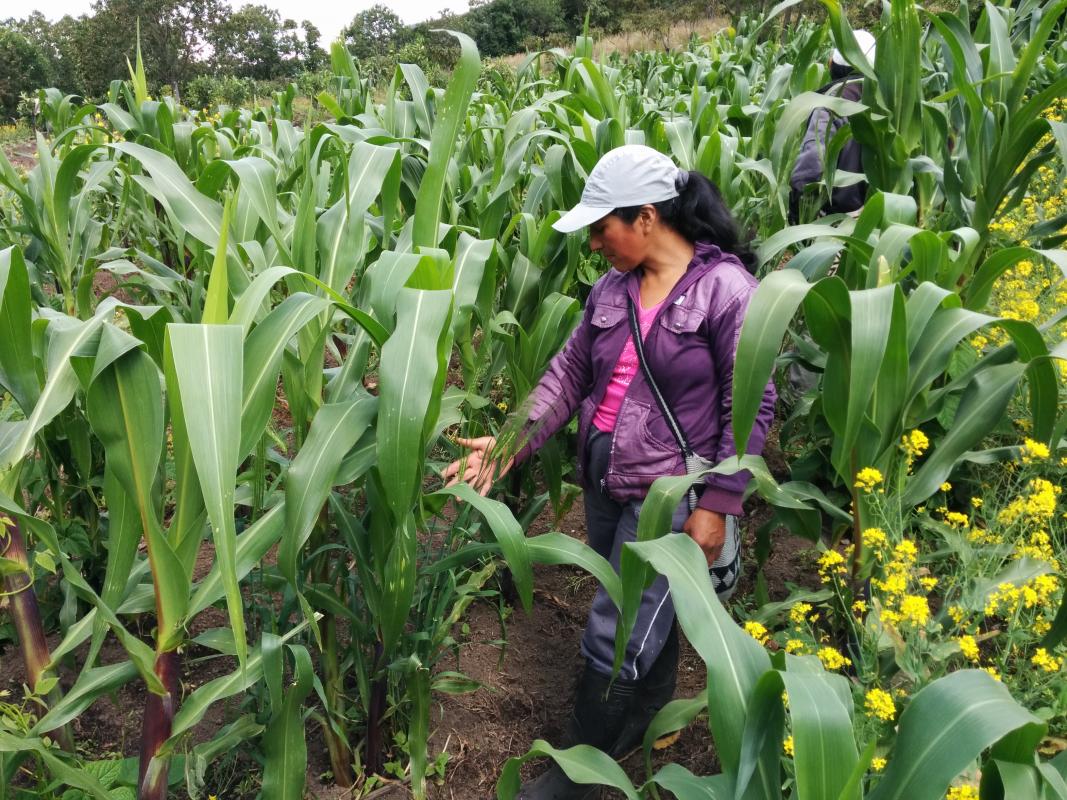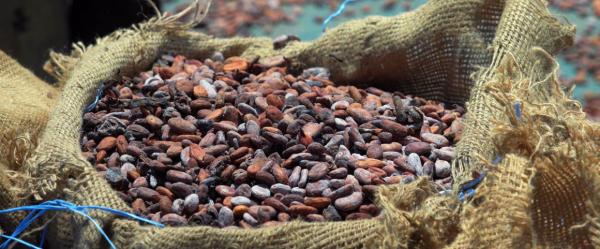Expert view 30 September 2025
- Home
- CIRAD news
- News
- Covid-19 & food security | Colombia
Covid-19 and food security | In Colombia, the health crisis is exacerbating the inequalities between small- and large-scale producers

When the epidemic arrived in Colombia, the government was particularly quick to act to support the agricultural sector in the face of the health crisis. In particular, it took steps to make it easier for farmers to move around by giving them passes. In late March, it launched a 1.5 billion-peso credit scheme, "Colombia Agro Produce" , to support agricultural operations, particularly seed and input purchases. The scheme offers a preferential interest rate to smallholders of 3.5% compared to 4.5% for medium- and large-scale producers. It subsequently abolished customs duty on maize, sorghum and soybean, in the hope of compensating for the significant devaluation of the peso over the past year, which was accentuated in March*. That devaluation has naturally driven up the price of imported agricultural inputs.
Some 69.5% of Colombian farmers have less than 5 hectares of land
While the government's intentions were good, have they had the desired results? Far from it: the Covid crisis has highlighted, and even exacerbated, the inequalities within Colombian farming.
Smallholders are in the majority in Colombia: 69.5% of farmers have less than 5 hectares of land. In all, their farms cover just 5.2% of the country's cultivable land. At the opposite end of the scale, 0.2% of farmers have more than 1000 hectares of land, accounting for 32.8% of all agricultural land (Grajales Jacobo, 2019).
Farmers have not been given help to access government aid
The aid granted by the government was initially intended for all farmers, irrespective of the size of their farm. However, the Ministry of Agriculture's figures show that in the initial stages of the crisis, it was largely monopolized by agribusiness and producers with medium-sized farms, at the expense of smallholders. The media soon blew the whistle on this, and large-scale producers were subsequently excluded from the scheme. However, in May, just 20% of the available "Colombia Agro Produce" funding" has actually been requested. This can be put down to the lack of help available to smallholders, who already benefit little from credit under normal circumstances. A dozen smallholders who were surveyed said that they had not yet received any help from technical support staff or information from banks to allow them to access aid.
The workload for women has trebled in rural areas
In some parts of Colombia, such as Cauca, smallholders are also forced to continue producing while facing constant insecurity. While the government and the revolutionary armed forces of Colombia (FARC) peace signed peace agreements in 2016, conflict has continued. The areas vacated by the FARC are a hotbed of tensions between legal and illegal activities, such as illegal mining and coca growing. Eighty-four community leaders have been murdered since the start of the year, in addition to the 250 in 2019, according to Indepaz. Farmers cannot move freely within conflict zones controlled by armed groups.
Lastly, at the end of the chain, women in rural areas have seen their workload treble since the start of the epidemic, in relation to men. This is due to the growth in the area planted with vegetables for household consumption and the increase in domestic work linked to childcare, in addition to their usual activities.
* The peso lost almost 16% in March 2020, making a drop of almost 25 % since the start of the year and 31% over the past twelve months



























